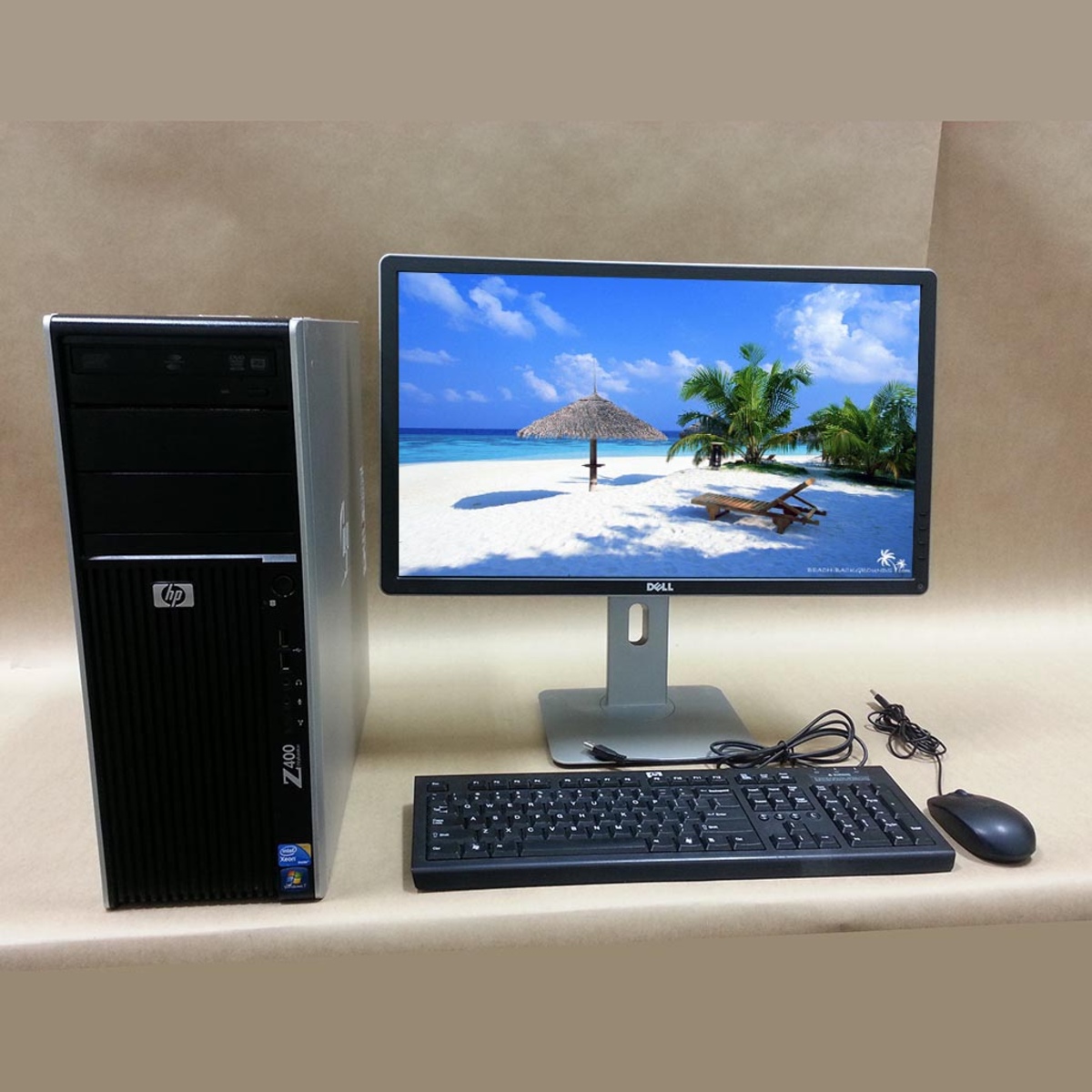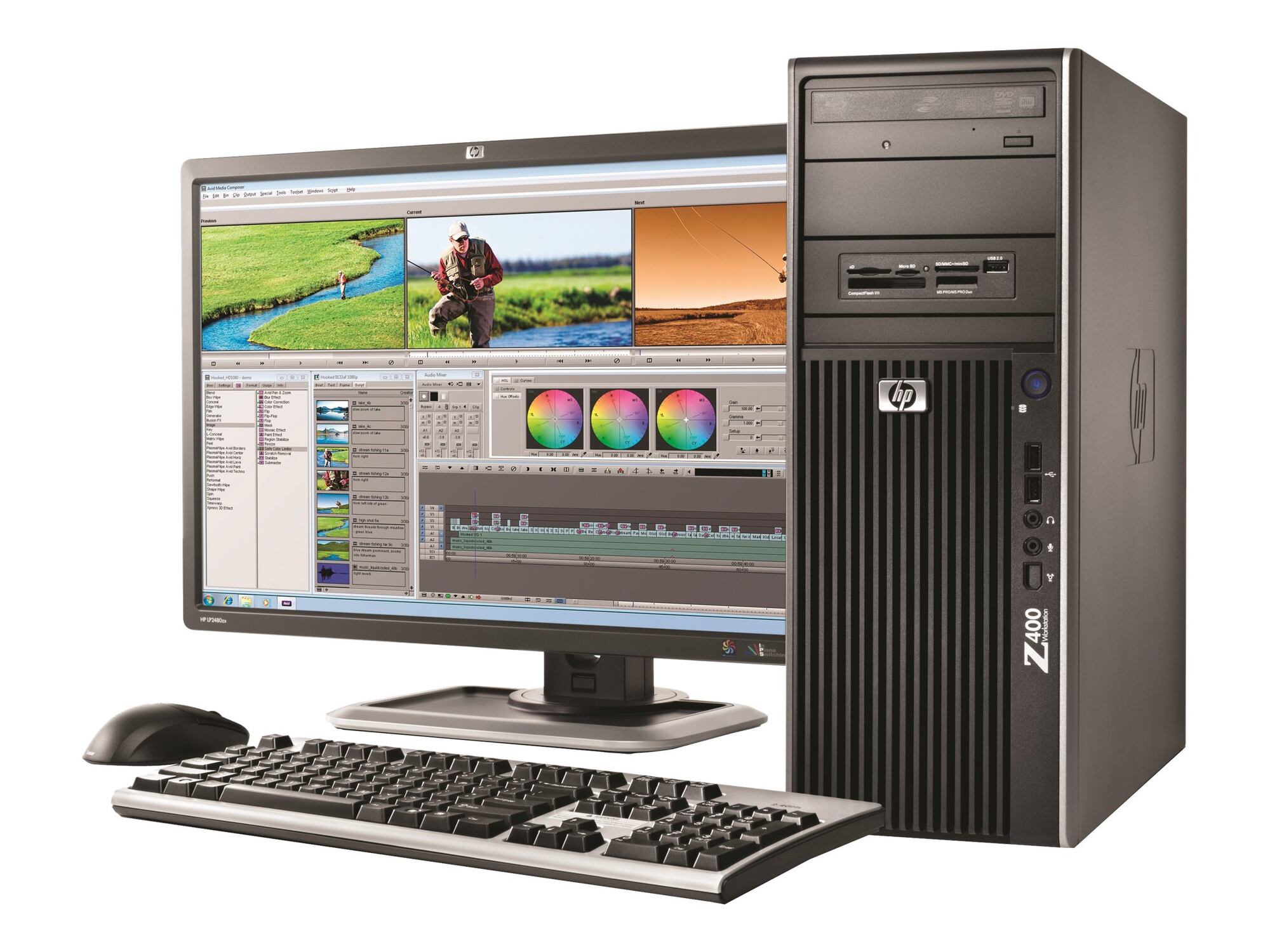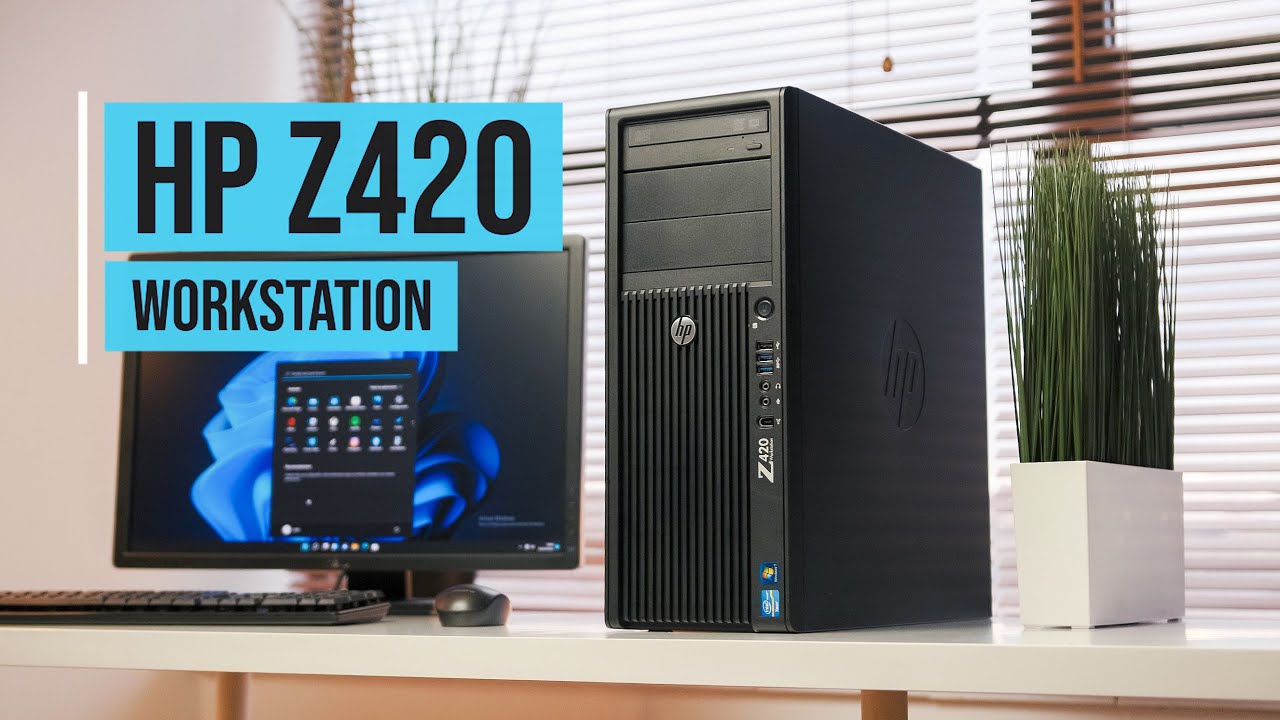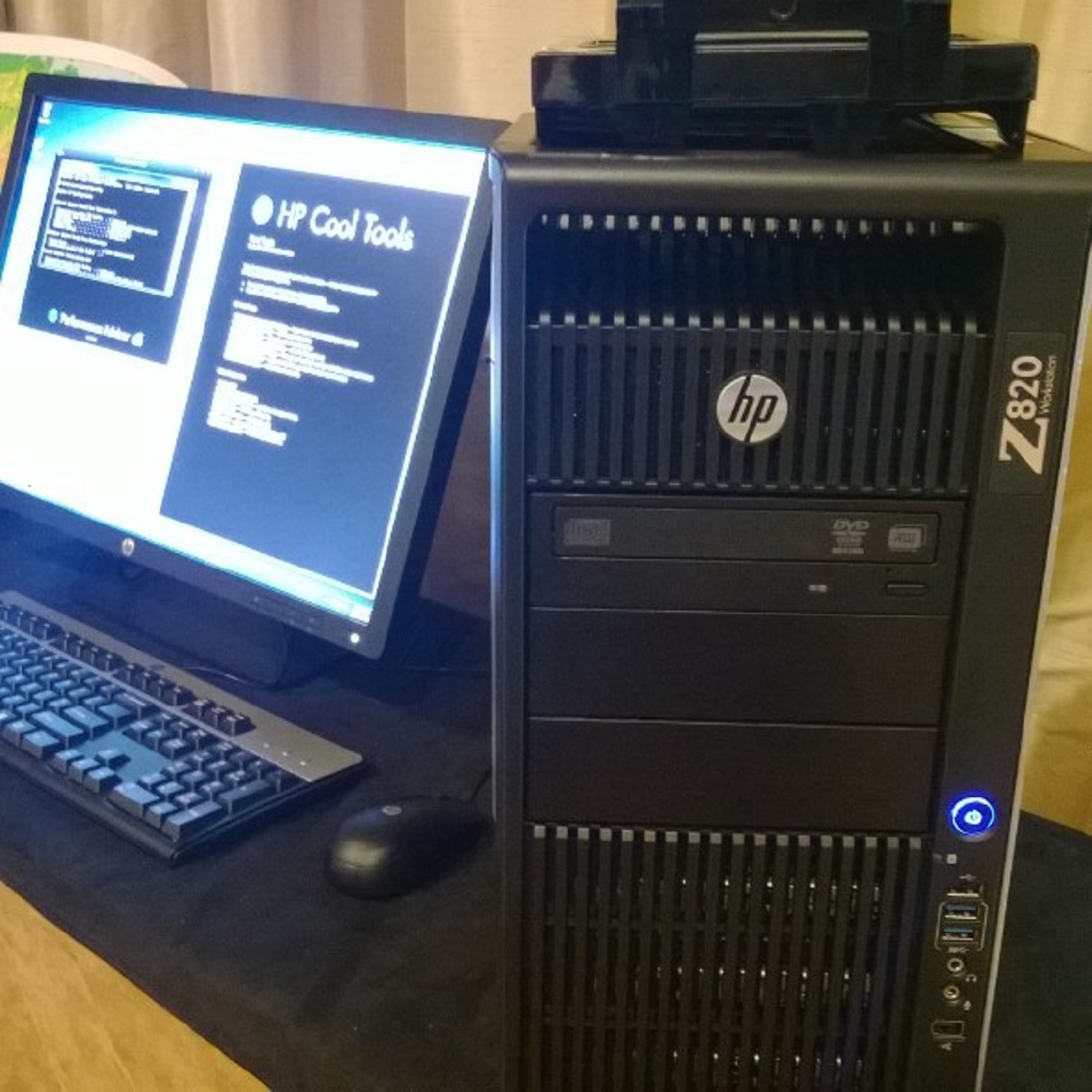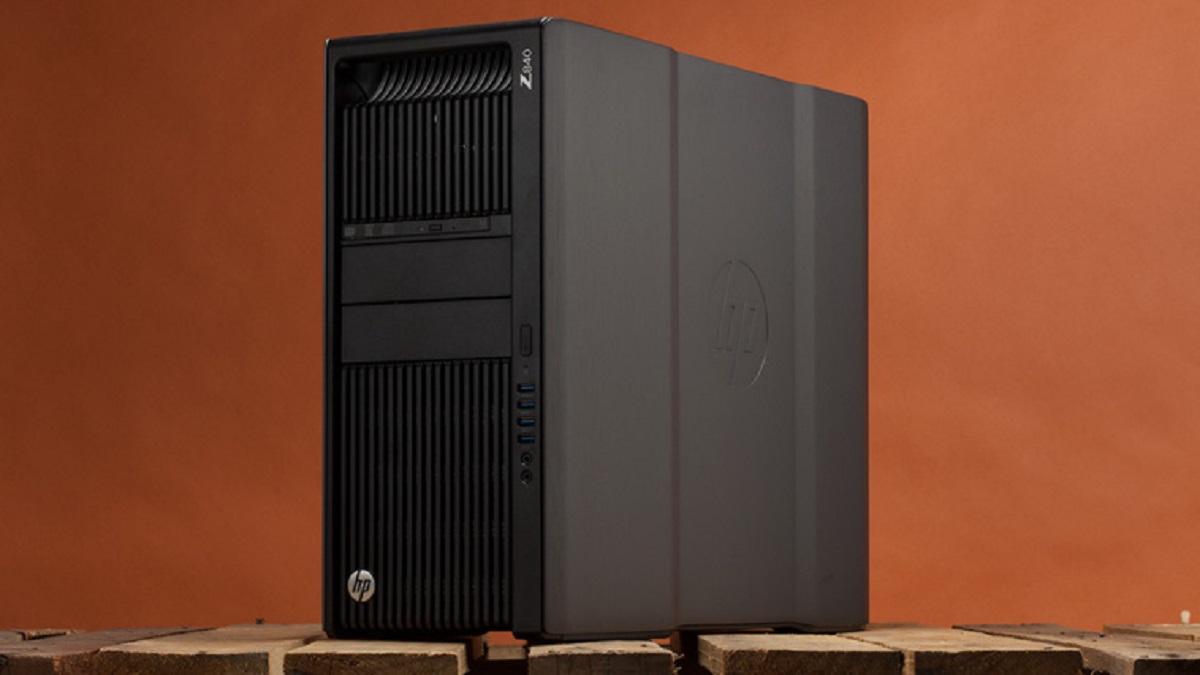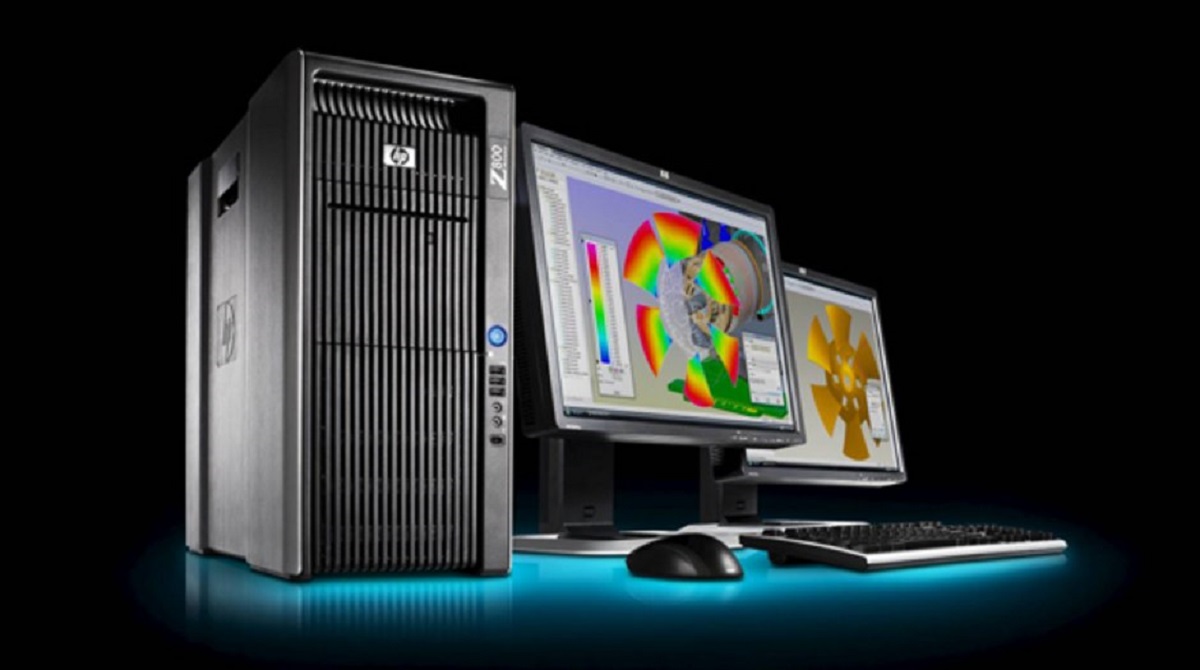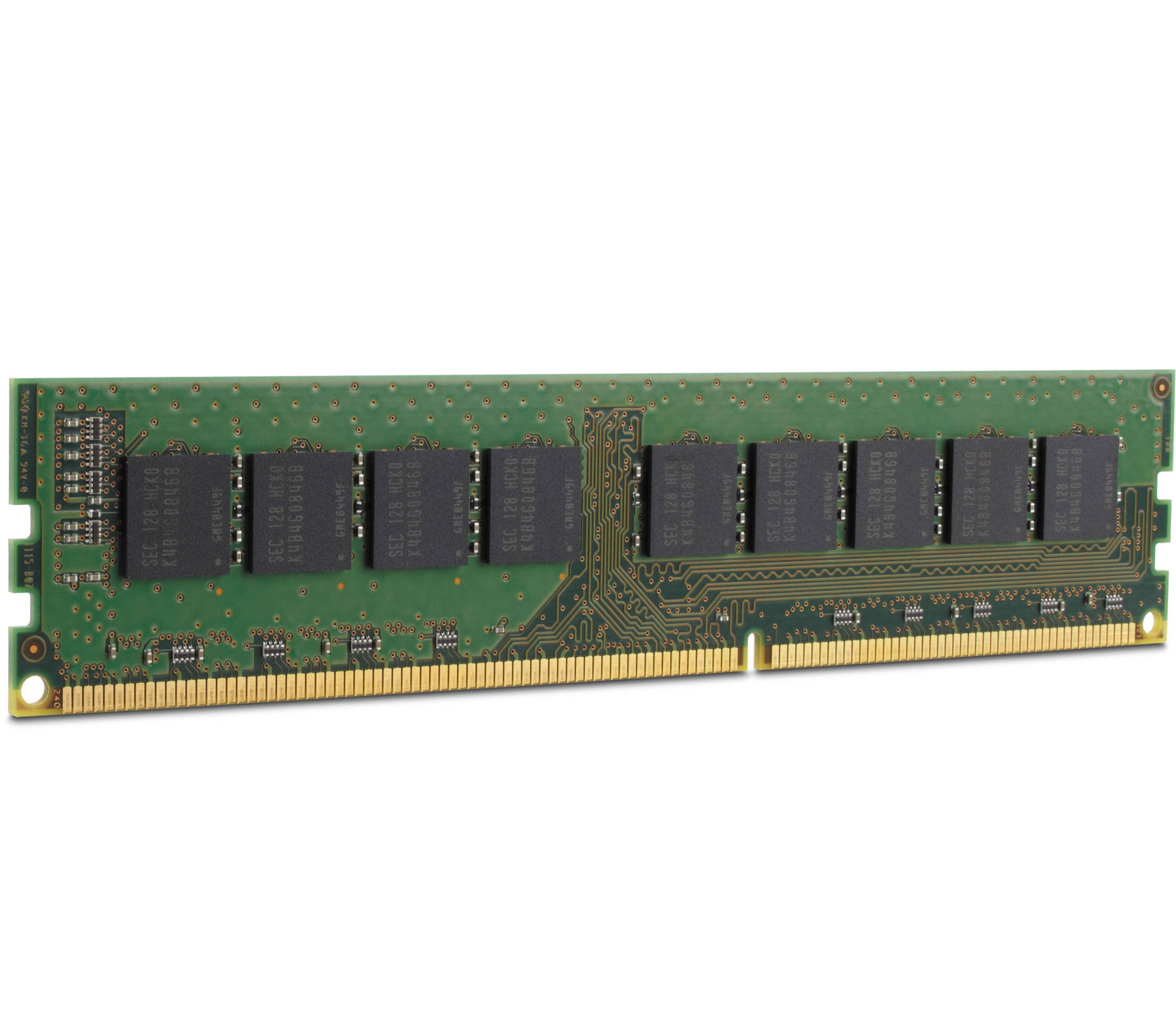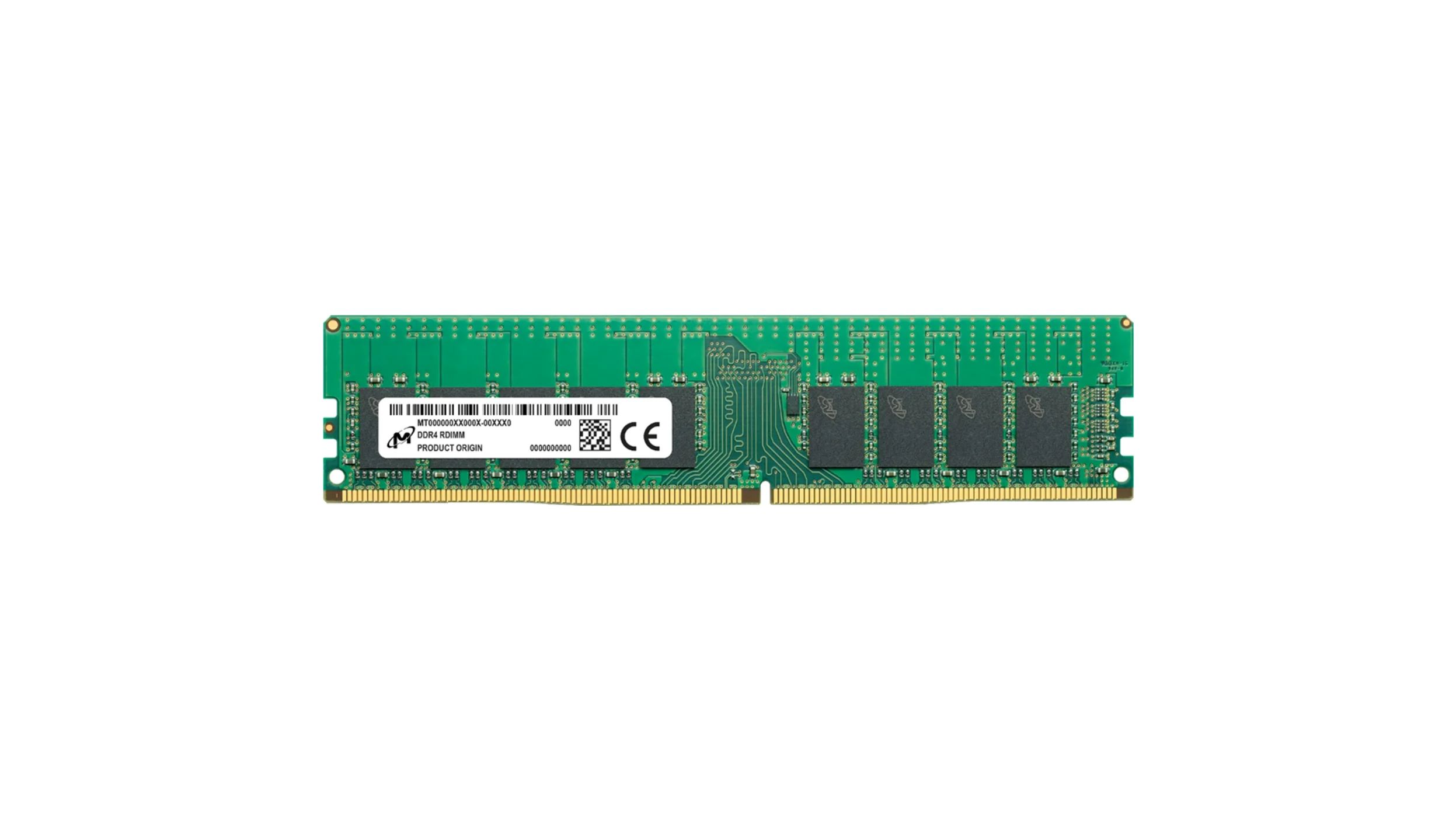Reasons to Upgrade RAM in Z400 Workstation
The Z400 Workstation is a powerful machine, designed to handle demanding tasks and deliver exceptional performance. However, as technology advances and software becomes more resource-intensive, the default RAM configuration may no longer be sufficient for optimal performance. Upgrading the RAM in your Z400 Workstation can offer several compelling reasons to enhance your computing experience.
1. Improved Multitasking: Upgrading your RAM allows you to run multiple applications simultaneously without experiencing slowdowns or system lag. Whether you’re editing high-resolution videos, working on complex 3D models, or running virtual machines, a higher amount of RAM ensures smooth multitasking capabilities.
2. Enhanced Performance: An upgraded RAM configuration helps your Z400 Workstation perform at its peak potential. With more RAM, you can process large datasets and execute memory-intensive tasks faster. This results in quicker load times, smoother application performance, and overall improved efficiency.
3. Improved Productivity: Waiting for applications to load, files to save, or data to be processed can be frustrating and time-consuming. By upgrading your RAM, you can significantly reduce these waiting times, allowing you to work more efficiently and accomplish tasks in less time.
4. Support for Memory-Intensive Applications: Memory-intensive software such as video editing suites, CAD software, and virtualization environments often require a substantial amount of RAM to function optimally. By upgrading your RAM, you ensure that your Z400 Workstation can handle these applications seamlessly, providing a smoother and more efficient user experience.
5. Future-Proofing: Investing in a RAM upgrade ensures that your Z400 Workstation is prepared to handle future advancements in software and technology. As new applications and updates are released, they tend to require more resources. Upgrading your RAM now will help ensure that your workstation remains capable and efficient in the years to come.
In summary, upgrading the RAM in your Z400 Workstation can deliver substantial improvements in performance, multitasking capabilities, and overall efficiency. Whether you’re a professional working on resource-intensive tasks or a power user seeking a seamless computing experience, a RAM upgrade is a worthy investment that can enhance your productivity and extend the lifespan of your Z400 Workstation.
Choosing the Right Registered RAM for Z400 Workstation
When it comes to upgrading the RAM in your Z400 Workstation, it’s crucial to choose the right registered RAM module that is compatible with your system and meets your performance requirements. Here are some key factors to consider when selecting the right RAM:
1. Compatibility: Ensure that the registered RAM you choose is compatible with the Z400 Workstation. Check the manufacturer’s specifications or consult the workstation’s documentation to determine the supported RAM types, speeds, and capacities. This will help avoid compatibility issues and ensure a seamless installation process.
2. Capacity: Consider your specific needs and usage patterns when determining the capacity of the RAM module. If you work with memory-intensive applications or run multiple virtual machines, opting for higher capacity RAM modules, such as 16GB or 32GB, will provide you with the necessary headroom for smooth performance.
3. Type and Speed: Registered RAM modules are available in different types, such as DDR3 and DDR4, and various speeds, ranging from 1333MHz to 2400MHz or higher. Check the motherboard specifications of your Z400 Workstation to determine the RAM type and speed it supports. Choosing RAM modules that match the supported type and speed will ensure optimal performance.
4. Latency and Timing: Consider the latency and timing of the RAM modules you are considering. Lower latency and tighter timing values generally result in better performance. However, keep in mind that the workstation’s motherboard and chipset may have specific latency requirements or limitations. Check the manufacturer’s recommendations or consult with a knowledgeable professional to make an informed decision.
5. Quality and Brand: Opt for reputable brands known for producing high-quality RAM modules. Established brands often have better quality control measures, reliable customer support, and longer warranty periods. Investing in reliable and reputable RAM modules will ensure longevity and performance stability.
6. Budget: Consider your budget when selecting the right registered RAM for your Z400 Workstation. RAM prices can vary based on capacity, speed, and brand. Set a budget that aligns with your needs and priorities, and explore options within that range to find the best balance between performance and cost.
By considering these factors, you can select the right registered RAM module that not only meets the technical requirements of your Z400 Workstation but also aligns with your performance needs and budget. Don’t rush the decision; take the time to research and compare options to ensure a successful RAM upgrade.
Preparing to Install Registered RAM
Before you begin the installation process for registered RAM in your Z400 Workstation, it’s essential to take a few preparatory steps to ensure a smooth and successful upgrade. Here are the key considerations:
1. Research and Gather Information: Familiarize yourself with the Z400 Workstation’s user manual or consult online resources that provide detailed instructions for installing RAM in your specific workstation model. This will give you a clear understanding of the necessary steps and precautions you need to take.
2. Backup Your Data: Although installing registered RAM should not affect your data, it’s always a good idea to back up your important files and documents as a precautionary measure. This ensures that your data is safe in case any unforeseen issues arise during the installation process.
3. Ensure Proper Power Supply: Before starting the installation, shut down your Z400 Workstation and unplug the power cord. It’s important to avoid any electrical surges or potential damage to the system due to accidental power supply while working on the internals.
4. Gather the Necessary Tools: Prepare the tools you will need for the RAM installation process. This typically includes a screwdriver, an antistatic wrist strap, and an appropriate workspace with good lighting for better visibility while working on the workstation’s internals.
5. Ground Yourself: To prevent electrostatic discharge (ESD) from damaging the RAM modules or other sensitive internal components, take proper ESD precautions. Use an antistatic wrist strap and connect it to a grounded object, such as a metal part of the workstation’s chassis, to discharge any static electricity.
6. Clean the Workspace: Clear your workspace and make sure it’s clean and free from any static-inducing objects such as plastic or synthetic materials. This prevents any unwanted static charge that could potentially damage the RAM modules or other internal components.
7. Organize and Identify RAM Slots: Take note of the number and location of the RAM slots in your Z400 Workstation. Refer to the user manual or online resources to identify the specific slots where the registered RAM modules need to be installed. This ensures that you place the modules correctly without any confusion.
By following these preparation steps, you can minimize the risk of any issues during the installation process and ensure a smooth transition to the upgraded registered RAM in your Z400 Workstation. Taking the time to properly prepare will help you approach the installation with confidence and increase the chances of a successful upgrade.
Step-by-Step Guide to Install Registered RAM in Z400 Workstation
Follow these step-by-step instructions to install registered RAM in your Z400 Workstation:
1. Power Down: Shut down your Z400 Workstation and unplug the power cord to ensure no electrical supply to the system.
2. Ground Yourself: Wear an antistatic wrist strap connected to a grounded object to discharge any static electricity and prevent damage to the RAM modules or other internal components.
3. Locate RAM Slots: Refer to the user manual or online resources to locate the RAM slots in your Z400 Workstation. Depending on your workstation’s model, you may have multiple slots.
4. Remove Side Panel: Open the side panel of your workstation by removing the screws holding it in place. Set the panel aside in a safe place.
5. Identify Empty RAM Slots: Identify the empty RAM slots where you will install the registered RAM modules. These slots will typically have open clips or notches to hold the modules in place.
6. Remove Existing RAM (if applicable): If there are existing RAM modules in the slots where you plan to install the registered RAM, gently press down on the clips or notches on either side of the module to release it. Carefully remove the module from the slot.
7. Prepare Registered RAM: Take the registered RAM modules out of their packaging. Hold them by the edges to avoid touching the gold contacts or other sensitive areas. Orient the module correctly with the notch on the module aligning with the notch in the slot.
8. Insert Registered RAM: Align the module with the open clips or notches in the empty RAM slots. Gently press down on the module until the clips or notches lock in place and secure the RAM. Ensure that the module is firmly seated and fully inserted.
9. Repeat for Additional Modules (if applicable): If you are installing multiple registered RAM modules, repeat steps 7 and 8 for each additional module, ensuring proper alignment and secure installation.
10. Replace Side Panel: Once all the registered RAM modules are installed, carefully place the side panel back onto the workstation’s chassis. Align the screw holes and secure the panel by tightening the screws.
11. Power On and Verify: Plug in the power cord and power on your Z400 Workstation. Wait for the system to boot up and access the BIOS or check the system information to confirm that the registered RAM is detected and properly installed.
By following these steps, you can successfully install registered RAM in your Z400 Workstation. Take your time, handle the modules carefully, and ensure proper alignment and secure installation for optimal performance and stability.
Troubleshooting Tips for RAM Installation Issues
While installing registered RAM in your Z400 Workstation is generally a straightforward process, you may encounter some common issues. Here are some troubleshooting tips to help you resolve potential problems:
1. Check Compatibility: Verify that the registered RAM modules are compatible with your Z400 Workstation. Check the specifications and ensure that you have the correct type, capacity, and speed of RAM. Incompatible RAM modules may not be recognized or may cause instability.
2. Re-Seat the RAM: If the system does not boot up or you encounter errors, the RAM modules may not be seated properly. Power off the workstation, remove the RAM modules, and re-insert them firmly into the slots. Ensure that the clips or notches lock in place to secure the RAM.
3. Test Individual Modules: If you have installed multiple RAM modules, try testing each module individually. Remove all but one module and power on the workstation. If it boots successfully, the issue may be with one of the removed modules. Test each module individually in different slots to identify any faulty modules.
4. Check BIOS Settings: Access the BIOS and verify that the RAM settings are correctly configured. Ensure that the RAM frequency, timings, and voltage match the specifications of the installed RAM modules. Incorrect BIOS settings can cause instability or failure to boot.
5. Clean RAM Slots: Dust or debris in the RAM slots can interfere with the connection between the RAM modules and the motherboard. Use compressed air or a soft brush to clean out any dirt or debris from the RAM slots before reseating the RAM modules.
6. Update BIOS Firmware: Check for any available BIOS updates for your Z400 Workstation. Updating the firmware can fix compatibility issues and improve system stability. Follow the manufacturer’s instructions carefully when updating the BIOS.
7. Consult Professional Help: If you have tried the troubleshooting steps but still experience issues with the RAM installation, consider seeking assistance from a professional technician or contacting customer support. They can offer specialized guidance or inspect the workstation for any underlying hardware or compatibility issues.
Remember to take proper precautions, such as wearing an antistatic wrist strap, when troubleshooting RAM installation issues. Patience and attention to detail can help you identify and resolve potential problems, ensuring a successful RAM upgrade and optimal performance in your Z400 Workstation.
Benefits of Upgrading RAM in Z400 Workstation
Upgrading the RAM in your Z400 Workstation can yield several significant benefits that improve overall performance and user experience. Here are some key advantages of upgrading your RAM:
1. Enhanced Performance: One of the primary benefits of upgrading RAM is improved overall performance. With more RAM available, your Z400 Workstation can handle memory-intensive tasks more efficiently. Applications will load faster, multitasking will be smoother, and you’ll experience reduced lag, enabling you to work more efficiently.
2. Increased Multitasking Capability: RAM plays a crucial role in multitasking, allowing your workstation to run multiple applications simultaneously without performance degradation. Upgrading the RAM enables you to work on complex projects or run resource-intensive applications like virtual machines or video editing software without slowing down your system.
3. Improved Application Responsiveness: Insufficient RAM can lead to delays and sluggishness when working with demanding applications. By upgrading the RAM, you ensure that your Z400 Workstation has enough memory to handle these applications seamlessly, resulting in improved responsiveness and quicker execution of tasks.
4. Better System Stability: When your workstation runs out of available RAM, it has to rely on virtual memory, which can slow down the system and cause instability. Upgrading the RAM ensures sufficient physical memory, reducing reliance on virtual memory and improving system stability and reliability.
5. Efficient Resource Management: Having more RAM allows your Z400 Workstation to allocate resources more efficiently. With ample memory available, the system can store and retrieve data quickly, optimizing resource usage and minimizing bottlenecks. This leads to smoother workflow and a more efficient computing experience.
6. Future-Proofing: As software and applications continue to evolve and demand more system resources, upgrading your RAM helps future-proof your Z400 Workstation. By investing in sufficient RAM now, you ensure that your workstation can handle the demands of future updates and software advancements without needing immediate hardware upgrades.
7. Cost-Effective Upgrade: Upgrading the RAM in your Z400 Workstation is typically a cost-effective way to improve performance compared to other hardware upgrades. Adding more RAM can provide a significant boost in system performance and responsiveness without the need to replace other components.
By upgrading the RAM in your Z400 Workstation, you unlock its full potential, enjoying improved performance, multitasking capabilities, application responsiveness, system stability, and resource management. It’s a worthwhile investment that enhances your productivity and ensures a smoother and more efficient computing experience.
Conclusion
Upgrading the RAM in your Z400 Workstation is a valuable investment that can greatly enhance its performance and overall user experience. By increasing the amount of available memory, you unlock the full potential of your workstation, enabling it to handle memory-intensive tasks and applications with ease.
From improved multitasking capabilities to enhanced system responsiveness, upgrading your RAM offers a range of benefits. You’ll experience faster load times, smoother application performance, and increased productivity. Additionally, upgrading RAM allows your workstation to efficiently allocate resources, resulting in better system stability and more efficient workflow.
Not only does upgrading RAM provide immediate benefits, but it also future-proofs your Z400 Workstation. As software and applications continue to advance, having ample RAM ensures that your workstation remains capable and efficient in handling future demands.
Choosing the right registered RAM modules for your Z400 Workstation is essential. Consider factors such as compatibility, capacity, type and speed, latency and timing, quality and brand, and your budget when making your decision. Thorough preparation and following a step-by-step installation guide will help ensure a successful RAM upgrade.
In the event of any issues during the installation process, troubleshooting tips can help you identify and resolve the problem. If you encounter difficulties, don’t hesitate to seek professional assistance to ensure a smooth installation and optimal performance.
Upgrading the RAM in your Z400 Workstation is a cost-effective way to improve its performance without the need to replace other components. It’s a worthwhile investment that can breathe new life into your workstation, enabling you to work more efficiently and tackle demanding tasks with confidence.
Take the time to assess your needs, research your options, and follow proper installation procedures to make the most of your RAM upgrade. With the increased performance and capabilities that come with upgraded RAM, you’ll be able to maximize your productivity and enjoy a seamless computing experience.









